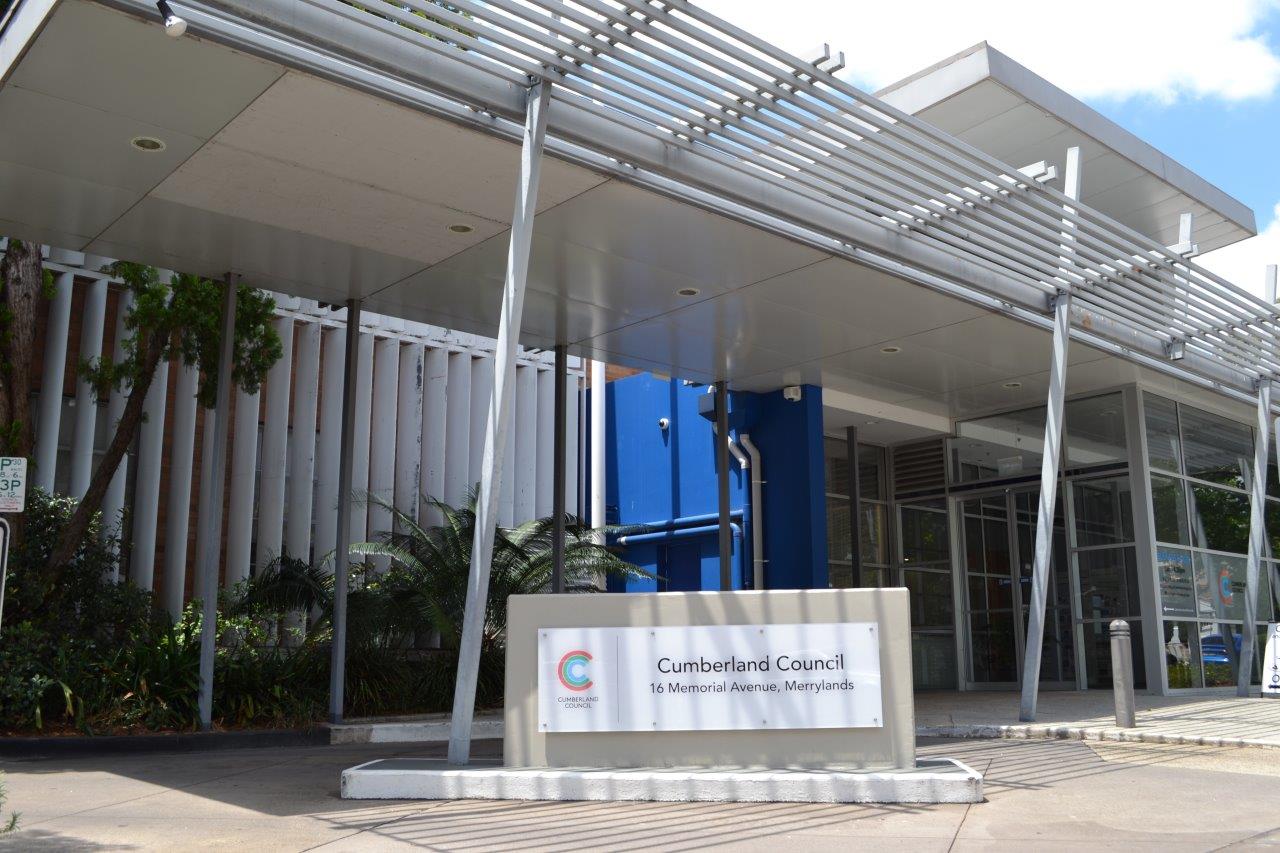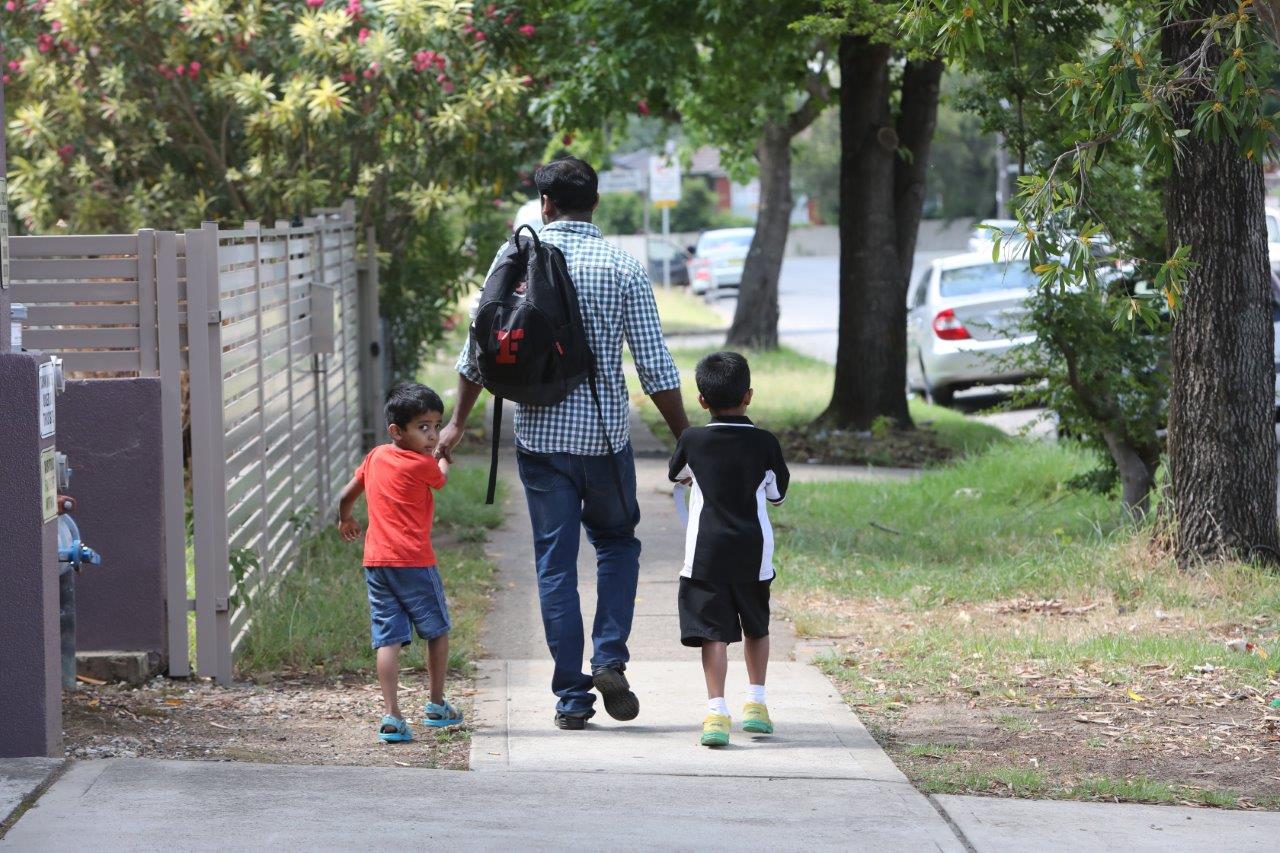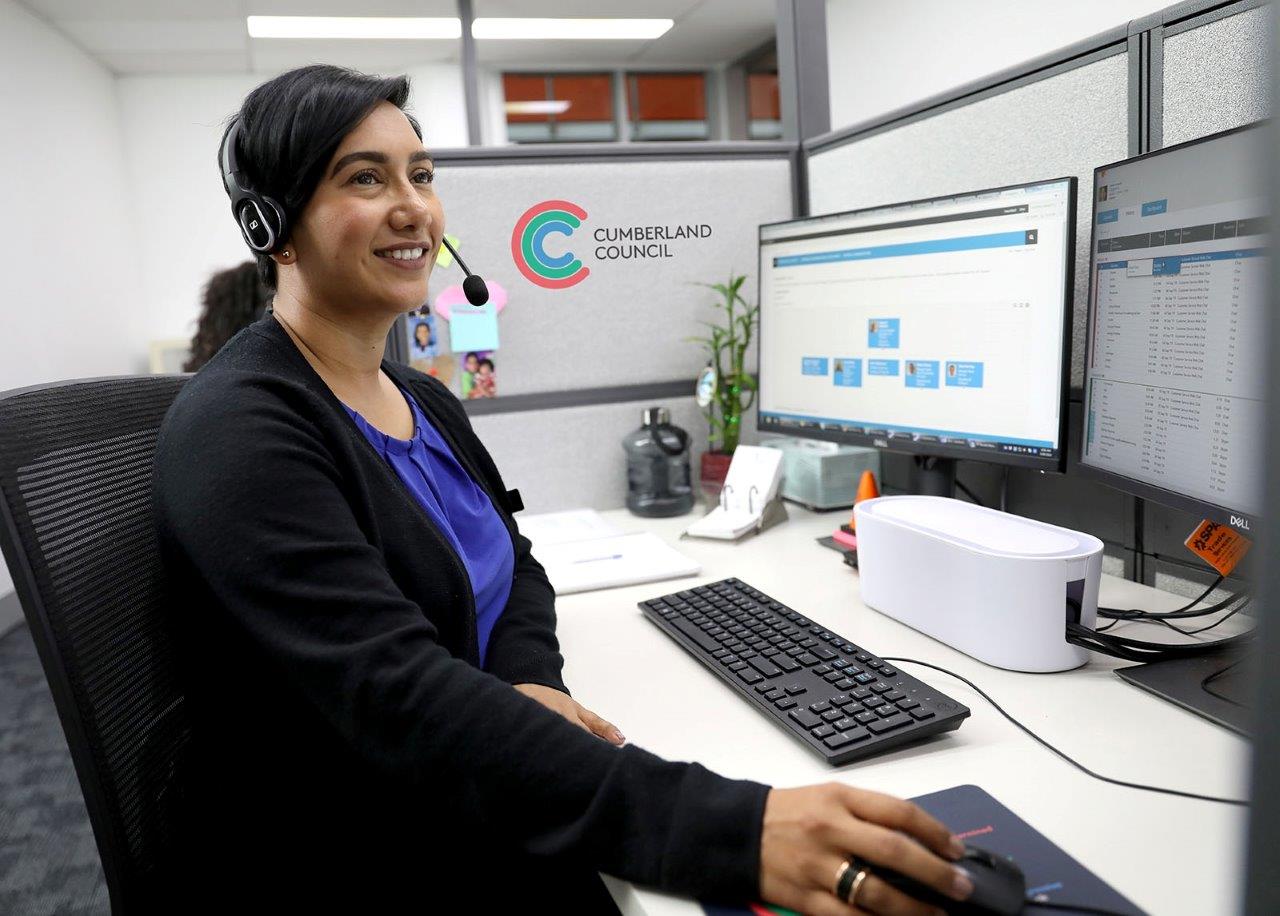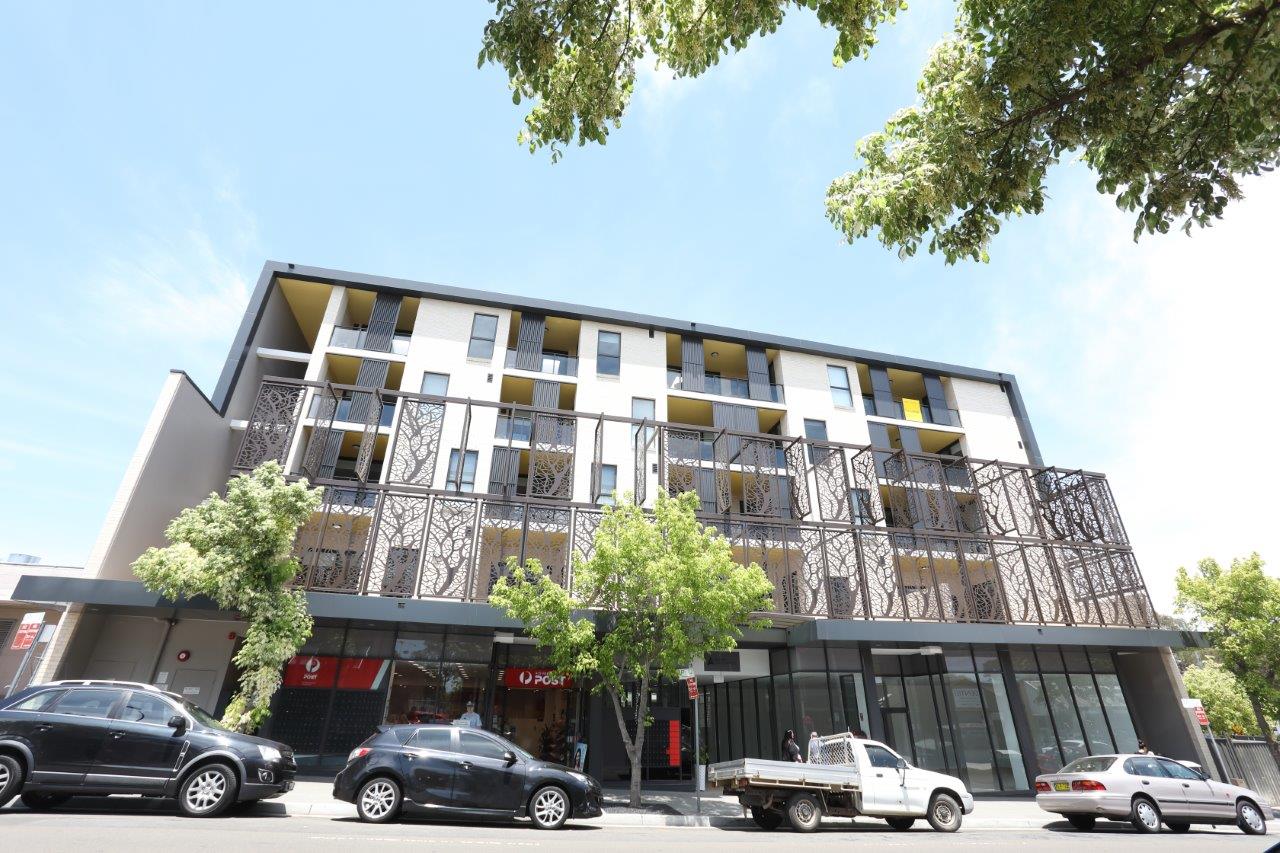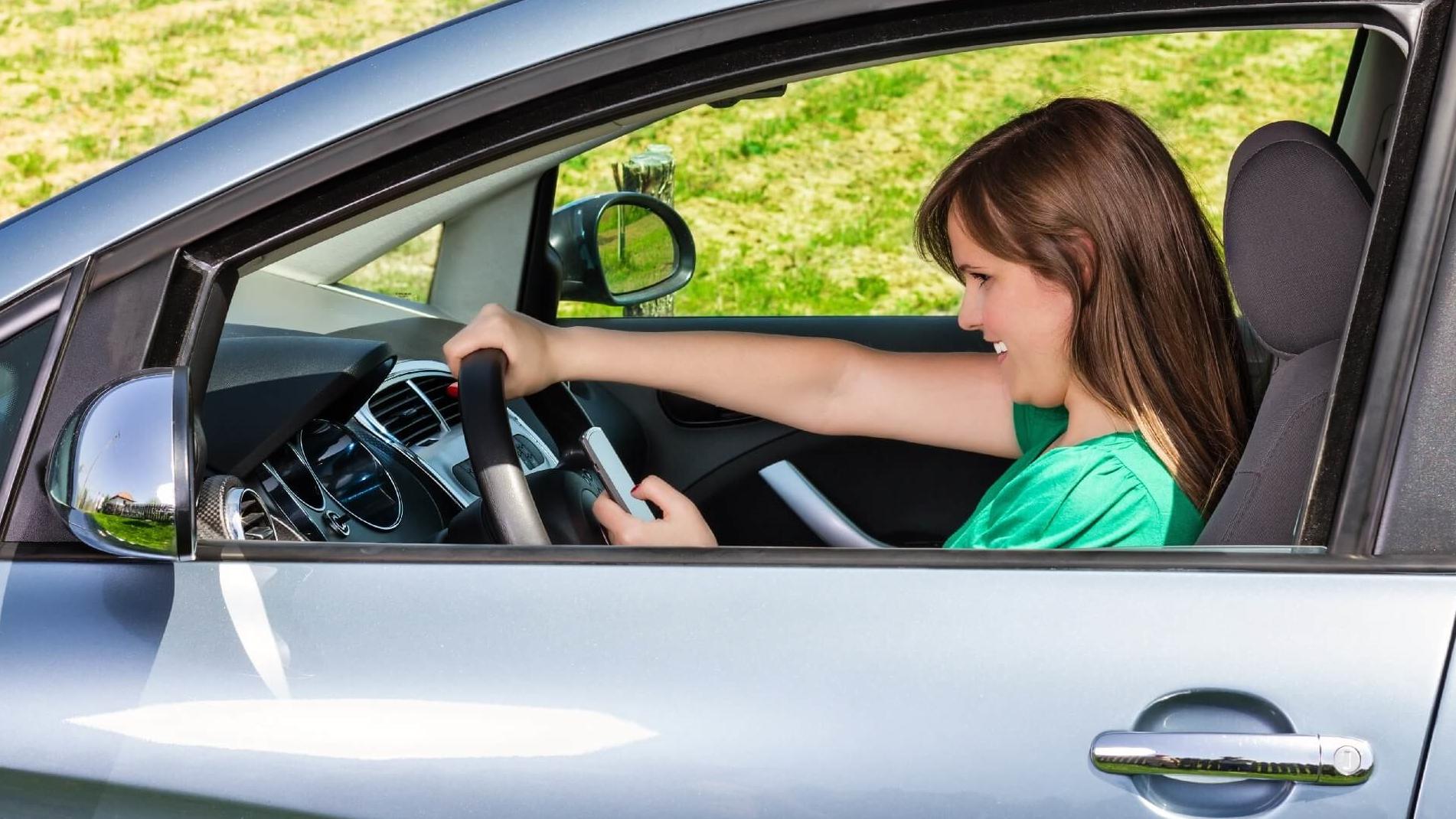
What are driver distractions?
Any activity taking your attention away from the road is considered a driver distraction. If a car pulls out in front of you unexpectedly or a pedestrian walks across the road without right of way, you can avoid an accident by keeping your eyes and focus on the road.
The type of distractions can include:
- Visual taking your eyes off the road.
- Manual taking your hands off the wheel.
- Cognitive taking your mind off what you’re doing.
Think about your driving habits. Have you ever engaged in these kinds of distracting activities?
- Using a mobile phone: hands free/hands held and texting.
- Changing the radio station.
- Using a navigation system.
- Reading a map.
- Eating and drinking.
- Grooming.
- Talking to passengers.
- Listening to loud music.
How driving while distracted affects your driving
Research on distracted driving reveals some surprising facts:
- Drivers who use hand-held devices are 4 times as likely to get into crashes serious enough to injure themselves. (Source: Insurance Institute for Highway Safety)
- Using a mobile phone use while driving, whether it’s hand-held or hands-free, delays a driver's reactions as much as having a blood alcohol concentration of .08%. (Source: University of Utah)
- Dealing with passengers is one of the most frequently reported causes of distraction. Young children are 4 times more distracting than adults as passengers, and infants 8 times more distracting.
- You’re 4 times more likely to crash if you use a mobile phone while driving.
Reaction times for drivers using a phone are around 50% slower than normal driving.
Mobile phones safety tips
Mobile phones are a major driver distraction. Driving while using a mobile phone can significantly reduce a driver’s:
- reaction time.
- visual search patterns.
- ability to maintain speed and position on the road.
- ability to judge safe gaps in the traffic and
- general awareness of other traffic.
Pull to the side of the road to use your phone. This includes when waiting at traffic lights or stuck in traffic. All mobile phone use is banned for all learners, provisional drivers and motorcycle riders – this applies to all use, including hands-free sets and phones set to speaker.
Here are tips to help you use your mobile phone safely in the car:
- Turn your phone on silent so you are not distracted while driving.
- Before driving, set an auto-response message for calls and messages to say that you are driving and will respond when you reach your destination.
- If you receive a text message, pull over safely to the side of the road to read and respond to the message.
- If you are using Google Maps on your phone, place the phone in a mounting bracket on the windscreen that doesn’t obscure your view.
- Connect your phone to your Bluetooth technology or install a hands-free kit in the car to respond to phone calls while driving.
- Put your mobile phone in a place where you cannot reach for it easily so you are not tempted to answer phone calls or check messages while driving.
Run-off-the-road crashes and ‘rear end’ crashes are the most common types of crashes associated with mobile phone usage. High definition cameras installed in NSW can detect phone usage and drivers using mobile phones in cars subject to fines and demerit points will be deducted from their license.
As the driver, it is your responsibility to avoid distractions.
How we can help?
Contact our Road Safety Officer via email rso@cumberland.nsw.gov.au to let us know about problems with roads, and find out more about how we’re committed to improving road safety in the Cumberland region.
